Art and design route through Carabanchel
Carabanchel is one of the only districts in Madrid that has developed a more solid network of art and design studios and galleries as proposals that energise the social fabric of the neighbourhood and mark it out as a focus of opportunities for a generation of emerging creators.
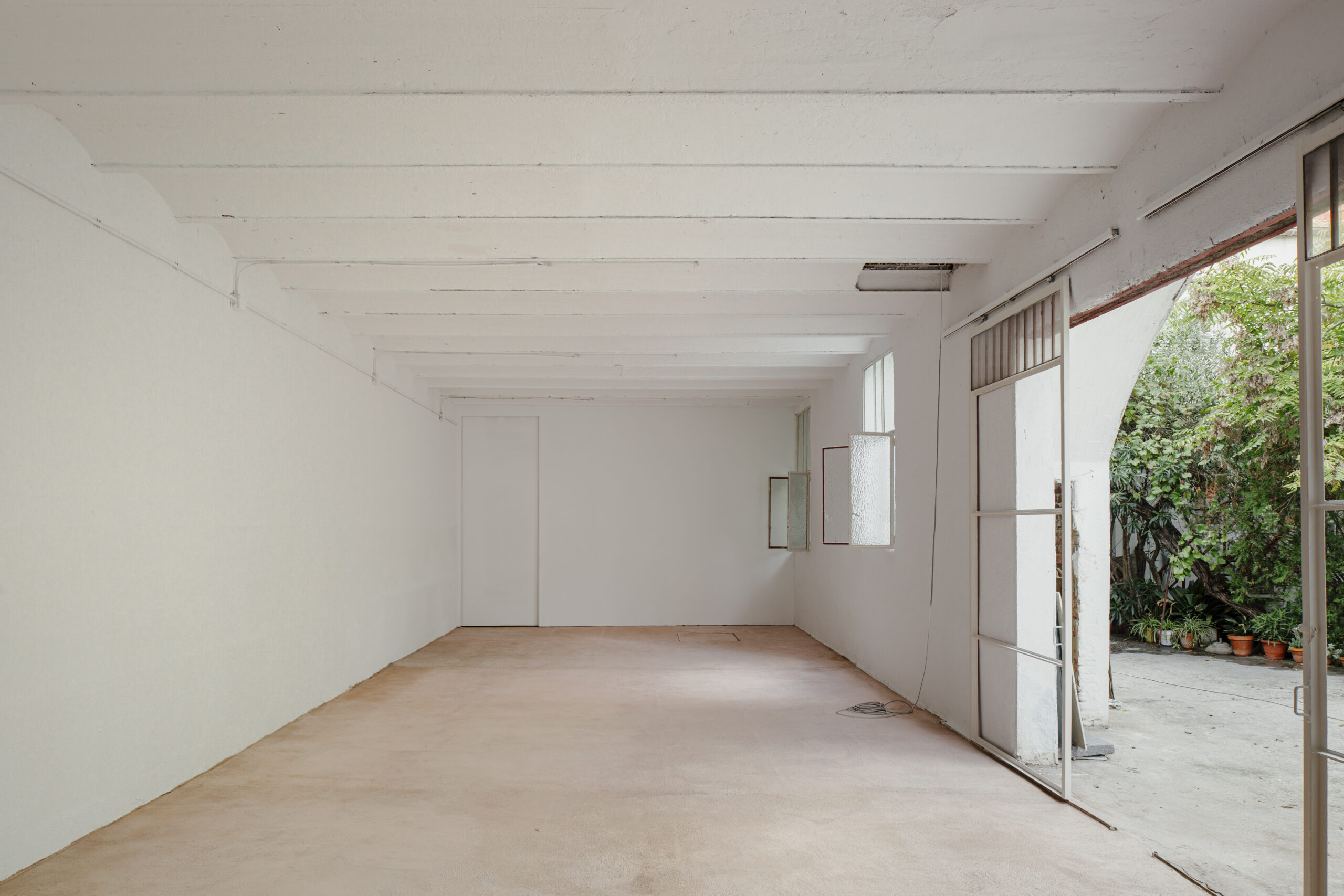
The name Carabanchel is no longer associated with the old prison with its curious radial floor plan designed by architects Vicente Agustí Elguero, José María de la Vega Samper and Luis de la Peña Hickman, which was demolished 15 years ago.
It stands out among Madrid’s 21 districts for being one of the most populated (255,514 in 2019) and for bringing together musicians, filmmakers, writers, painters, photographers, artisans and designers who have decided to live or work in the so-called SoHo district of Madrid. In this working-class district, former industrial warehouses and workshops, mainly dedicated to clothing, printing and graphic arts, have been converted into studios for creative and architectural collectives, often into homes and art and design galleries that now dot the neighbourhoods of Comillas, Opañel, San Isidro, Vista Alegre, Puerta Bonita, Buenavista and Abrantes that make up Carabanchel.
If we go back to 1819, we realise that Francisco de Goya y Lucientes had already chosen the Quinta del Sordo, an estate and country house on a hill in the former municipality of Carabanchel Bajo, as his home, and that it was there that he began to paint his first black paintings before going into exile in Bordeaux in 1824.
In this sense, also making history, the Tercio y Terol colony dates from the late 1940s and is a unique example of a European garden city whose project was conceived by Rita Fernández Queimadelos. She was the second woman to graduate in architecture in Spain, after Matilde Ucelay Maórtua, and was part of a pioneering generation of women architects who joined the profession in the 1930s when the discipline was mostly dominated by men. This settlement of 640 single-family houses, arranged in rows and in a rural style, is made up of blocks with closed facades facing the street and open to the interior, where they house courtyards and gardens, some equipped with discreet swimming pools.
While the inhabitants of the district of Carabanchel read first in the pages of Manolito Gafotas and then on the screen how Elvira Lindo portrayed the neighbourhood, boasted such famous neighbours as Rosendo, Santiago Segura or Juan Luis Cano, they have learned over time that the writer Lorenzo Silva, the actors María Valverde, Achero Mañas, José Sacristán, Gonzalo de Castro and Alberto Jiménez, or the chef Alberto Chicote were born or spent their childhood and youth in the neighbourhood.
Carabanchel is now famous, among other monuments, for the hermitage of Nuestra Señora de la Antigua, the oldest after the Temple of Debod, and for the Quinta de la Finca Vista Alegre, recently restored and open to the public, which proves that it was a place of recreation for the Court. María Cristina de Borbón, the first owner of the Royal Possession of Vistalegre, spent her summers there.
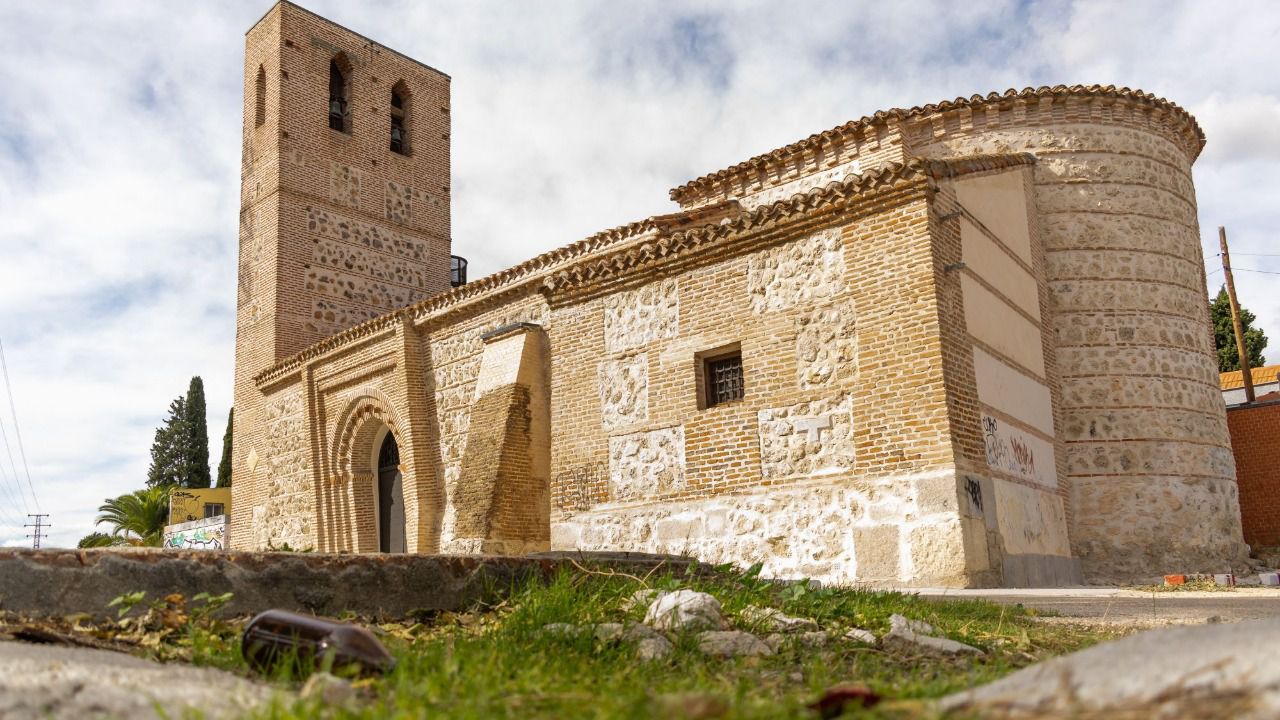
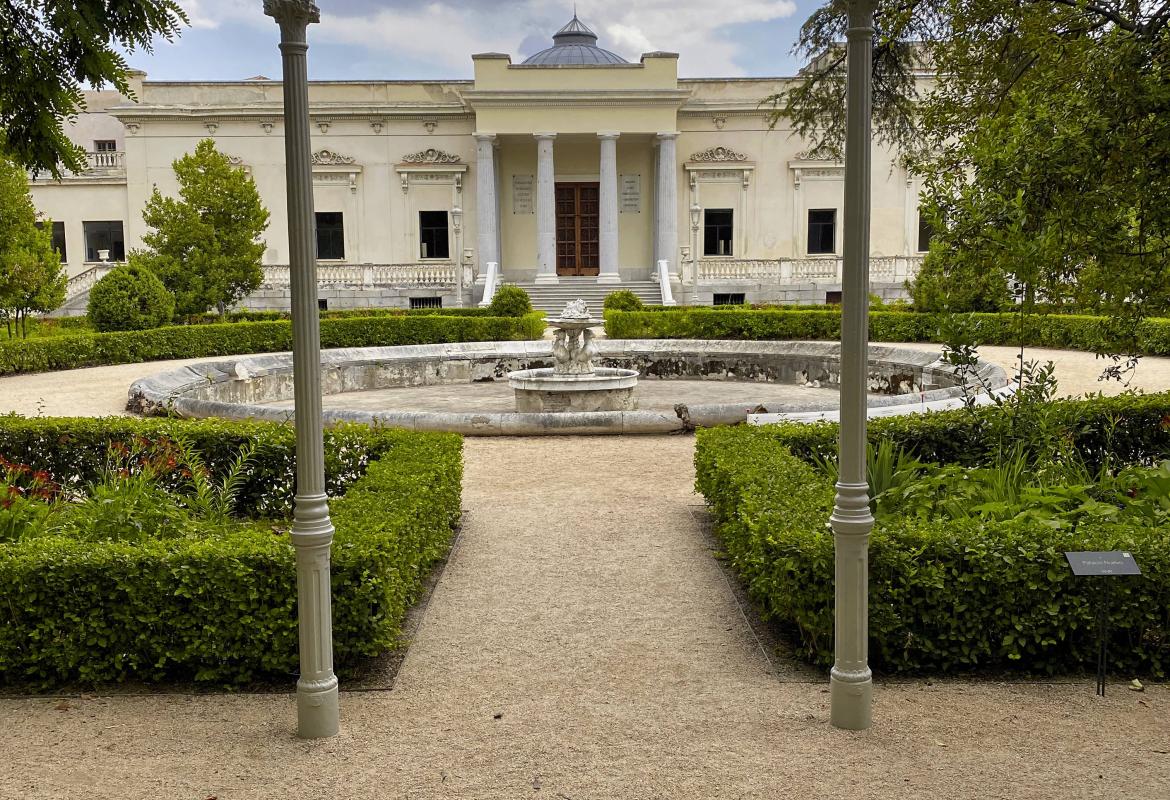
The phenomenon whereby Carabanchel is an example of the reuse of buildings and a way of revitalising a district to turn it into an important cultural hub has been spreading exponentially and discreetly over the last decade. The price of the square metre in the area has encouraged many to choose Carabanchel as the location for their showrooms, workshops or businesses, and streets such as Pedro Díez and Nicolás Morales are two of the arteries that accumulate more art and design per square metre.
The Ecosistema ISO project, named after the ISO industrial estate that housed the workshops and factories that produced the Isocarro (a three-wheeled vehicle made famous by Pepe Isbert in the 1960 film ‘El cochecito’), is home to around 40 initiatives that bring together up to 130 artists from various disciplines.
In Carabanchel it is possible to follow an urban art route, but also to visit galleries such as Belmonte Galería (Belmonte de Tajo, 61), opened in 2021 by Sol Abaurrea and Ana Coronel de Palma, in an old cow trough, where events and press days are also held; get closer to emerging art or international artists such as Joël Andrianomearisoa, Gabriela Bettini or Mónica de Miranda, in Sabrina Amrani’s second exhibition space (Sallaberry, 52), with 600 m2 and open in 2019; or get to know the commitment to artists such as Santiago Ydáñez, Julio Galindio, Kang Haoxian or Theresa Chromati in Veta by Fer Francés (C. de Antoñita Jiménez, 37 – 43), which occupies two industrial buildings, a former printing press and a kitchen factory that will be remodelled by the prestigious studio RCR Arquitectes (National Prize for Architecture and Public Space, 2005 and Pritzker Prize, 2017). To follow the artistic tour, we add to the agenda La Gran (Nicolás Morales, 38, Floor 1), La Caja Muda (Gaviota, 15), Benveniste Contemporary (Nicolás Morales, 37) or Gunter Gallery (Juanita, 11).
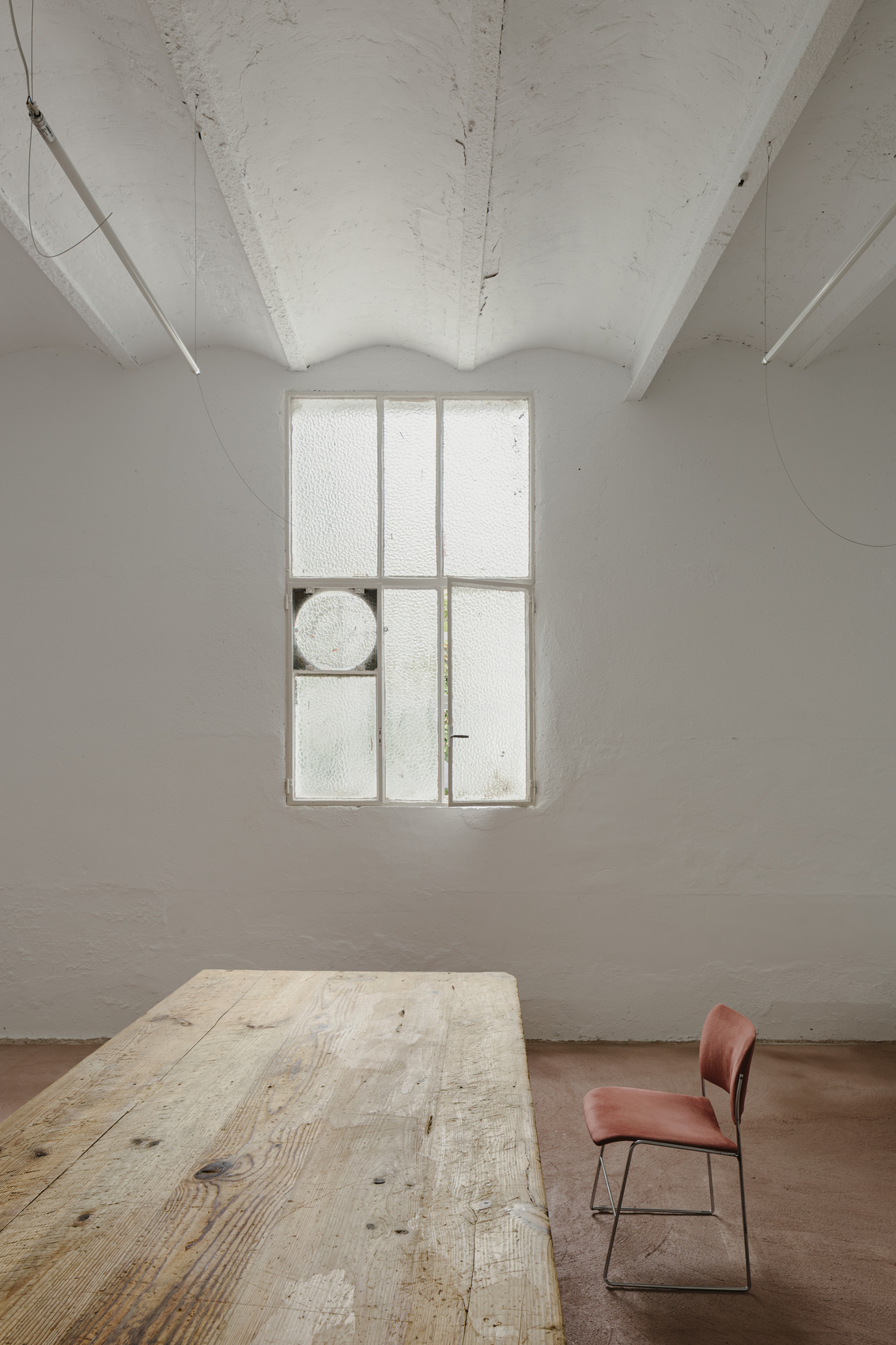
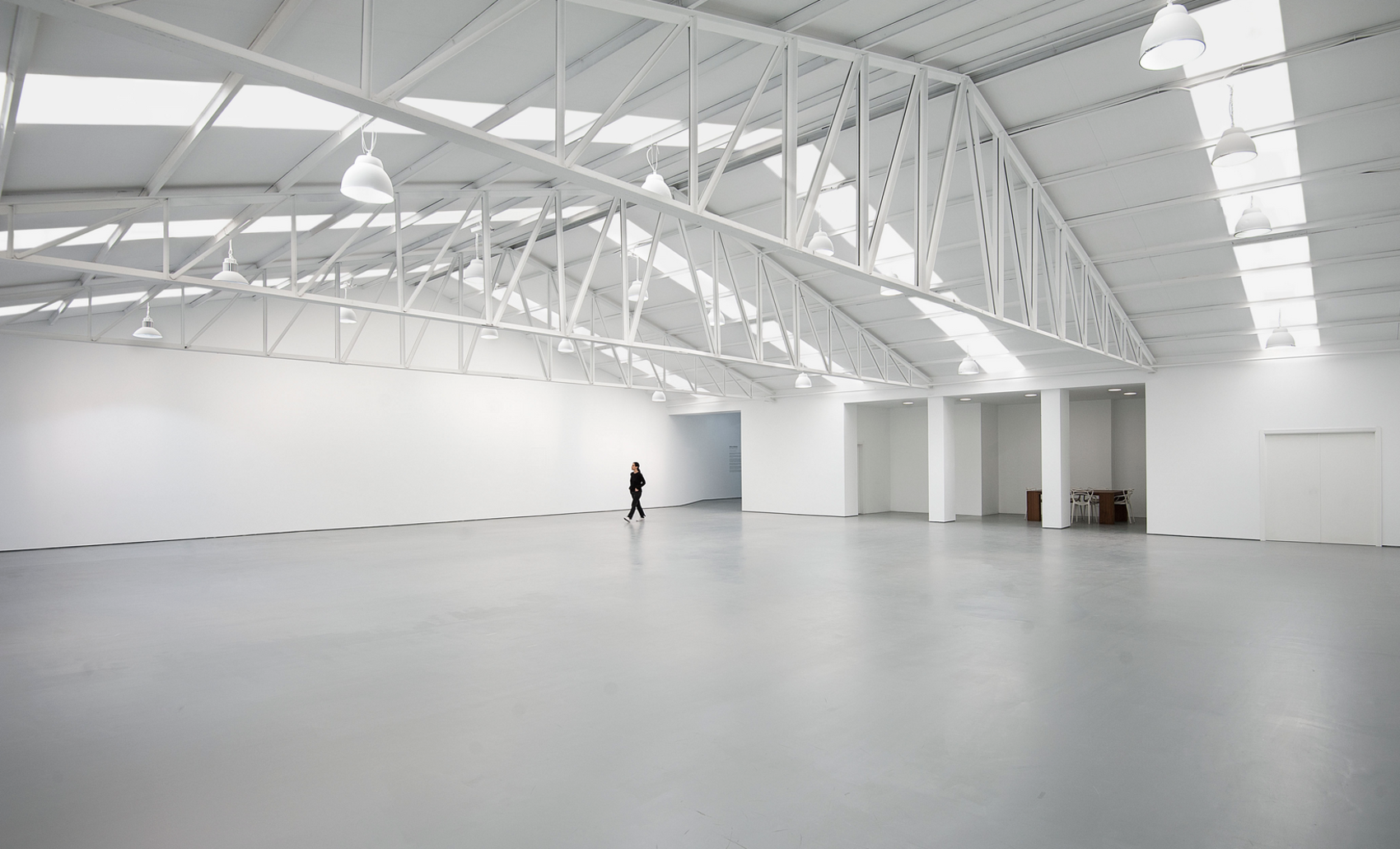
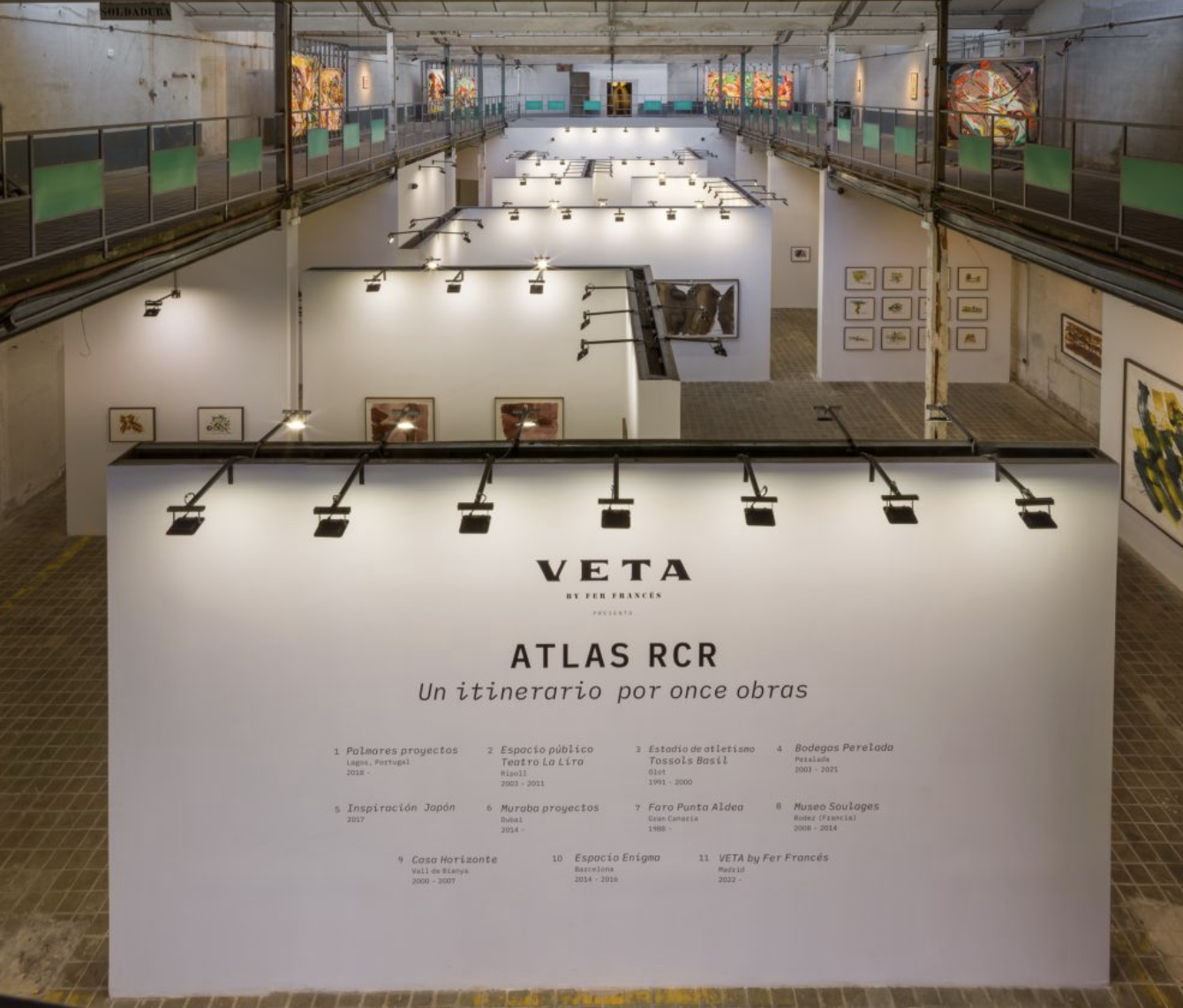
The design route is also highly interesting. Recently, Madrid Design Festival has organised, in collaboration with MINI, the second edition of Carabanchel Diseña, a unique opportunity to get to know places like: Álvaro Catalán de Ocón’s studio ACdO (winner of the III MINI Award in the Professionals category), Bajo el azur*, Buj Estudio, Buvle Fashion Club, Casa Alto, Casa Antillón, Davinia V. Reina, El Presente Perfecto, Estudio de Arquitectura OOIIO, el_espacito, Fun Furniture For Friends, Hola Por Qué, Honevo, Hyper House, Isidro Blasco, María Mallo, Naranja Azul Studio, among others.
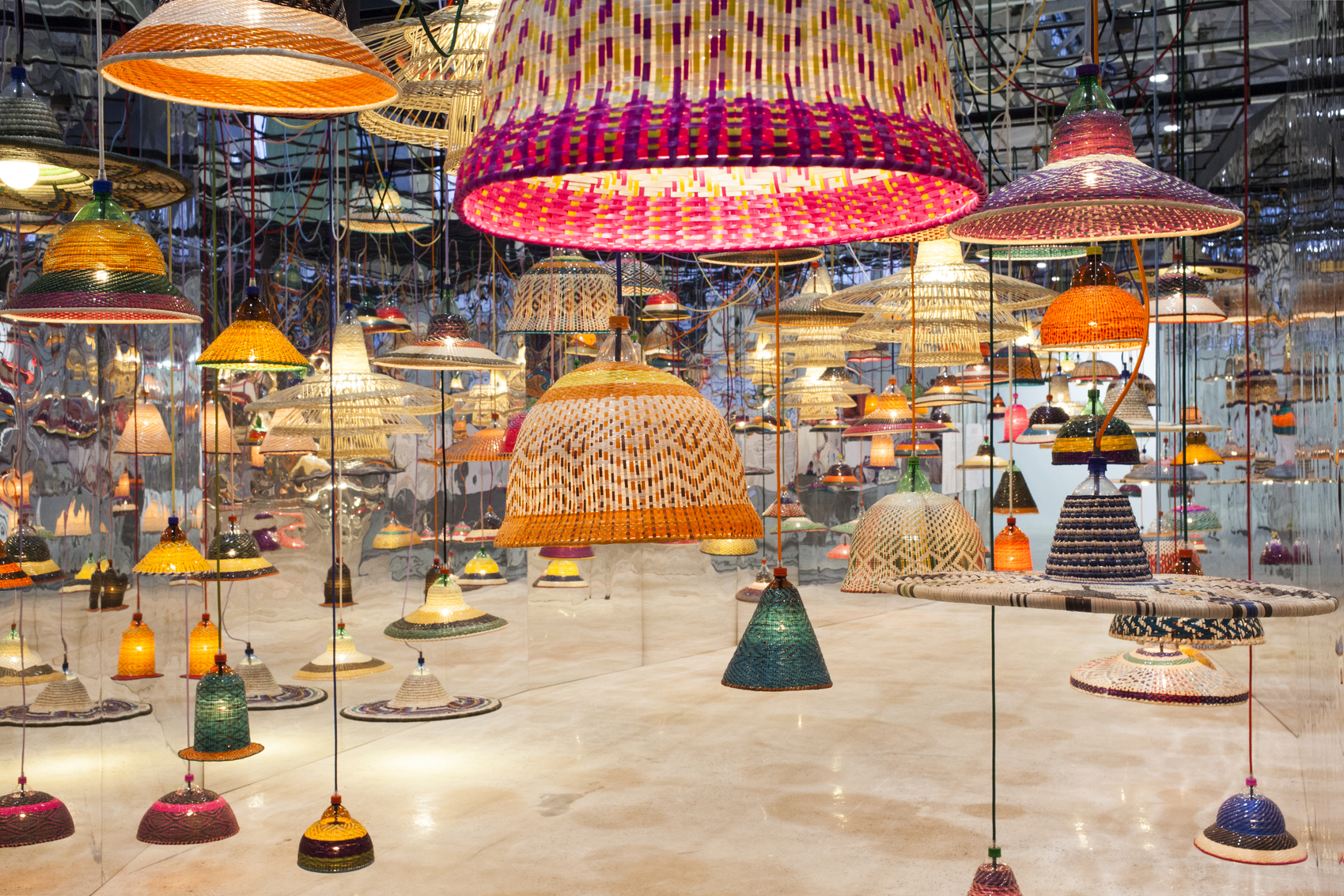
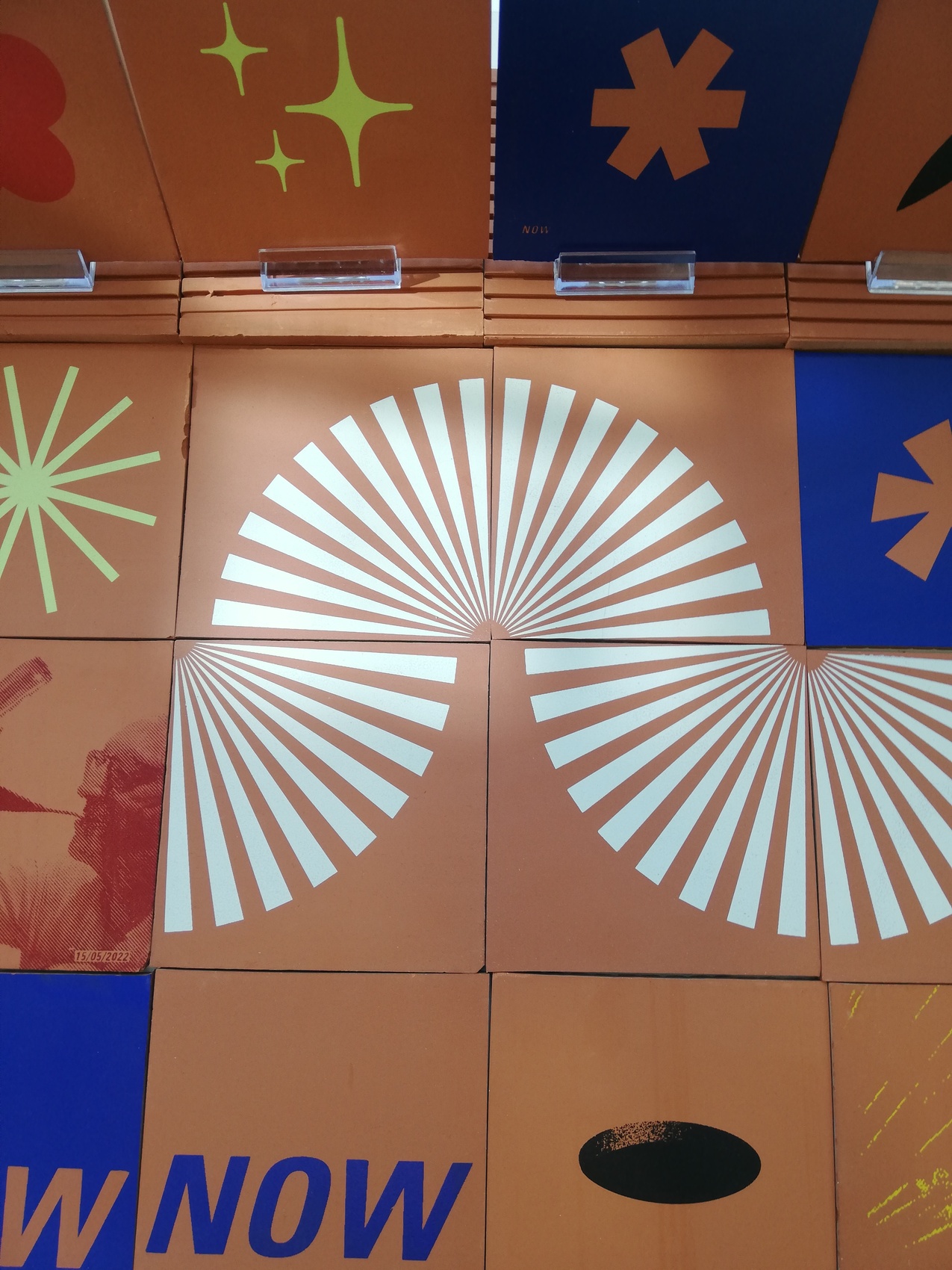
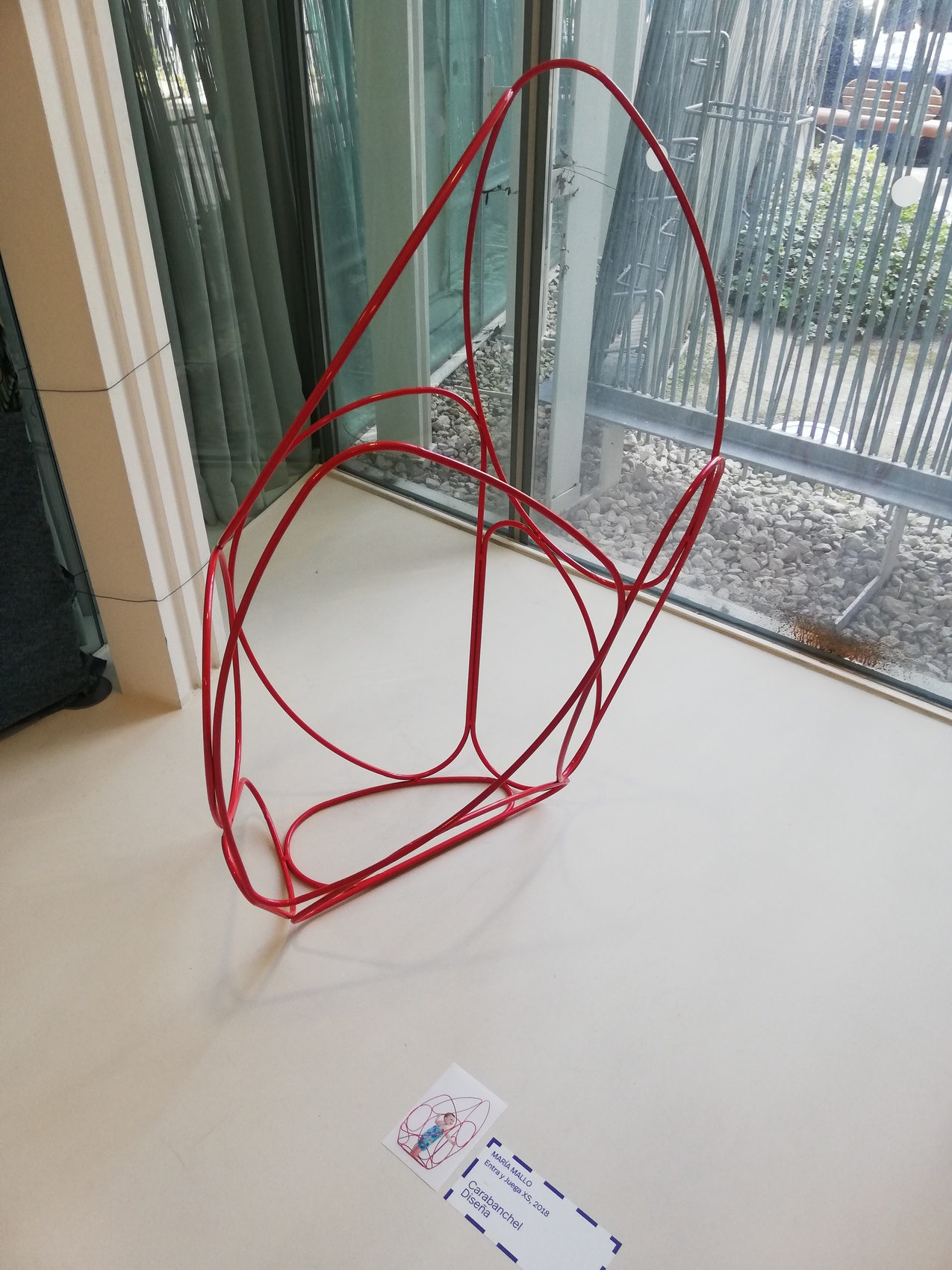
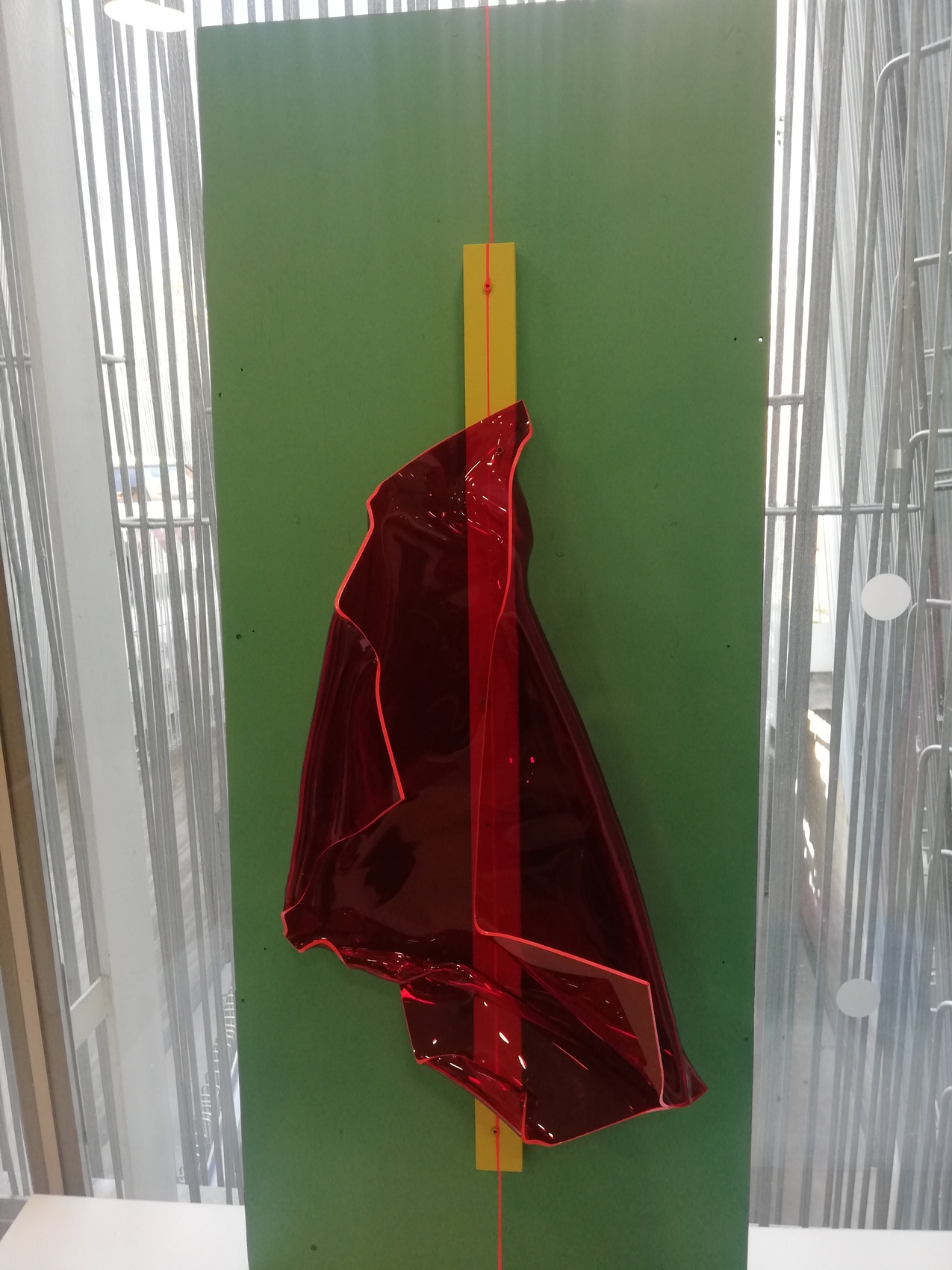
Nave Oporto (Av. de Pedro Diez, 25) or Casa Bonita (Alejandro Morán, 8 local 2) are two reference points to keep track of them, while it’s worth keeping an eye out for events such as the Art Banchel art festival, the FMO music festival or the so-called Carajillo de ARCO, a visit by cultural agents and international gallery owners organised by the studios Mala Fama (Av. de Pedro Diez, 25) and Nave Oporto during the international fair.
Another event is the Open Studio Madrid festival, a platform created to support, promote and disseminate the work of contemporary Spanish visual artists with the collaboration of the Ministry of Culture and Sport, the Community and City Council of Madrid and AC/E Acción Cultural Española, which has held editions from 2012 to 2019. Hopefully it will be repeated very soon because this type of activity that takes you into these places where creators from multiple disciplines live and work is an irresistible plan.
Editor: Beatriz Fabián
Beatriz is a journalist specialising in offline and online editorial content on design, architecture, interior design, art, gastronomy and lifestyle.